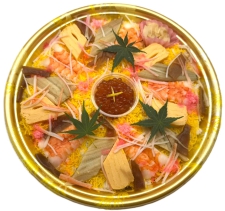Mental and physical self-care (news from the lecture) (Oct issue 2021)
30 Sep 2021
Spices for the Mind and Body
Indian cuisine is characterized by its extensive use of numerous spices. From breakfast to desserts Indians use spices. They make each dish amazingly aromatic while giving the dish its own identity. We pick the spices to use depending on the weather, the mood, health condition and ingredients available at home.
Not only are spices used to improve the palatability, flavour or colour of the food, they are used to prevent diseases and preserve food. For example they help prevent diseases like diabetes, cardiovascular diseases, arthritis, cancer, and AIDS. You’ll also find that spices are used in the medical, cosmetic, pharmaceutical, perfume (and many more) industries. They are also great sources of iron, calcium, vitamins B and C and other beneficial antioxidants.
India produces a plethora of spices, with 50 of the 80 types of spices around the world growing in India. They are drawn from multiple parts of a plant such as the leaf (bay leaves, curry leaves), buds (cloves), bark (cinnamon), root (ginger), berries (peppercorns), seeds (cumin, mustard), sab/gum (asafoetida, edible gum), or even the stigma of a flower (saffron).
To be able to make most Indian curries, you only really need 5 basic spices: cumin, mustard seeds, coriander seeds, turmeric powder and chili powder. Sometimes apart from these five, some masala’s (a blend of spices) are used such as garam masala or sambar masala.
Turmeric
Native to South-East Asia, turmeric is a yellow, ancient spice that is mildly aromatic (peppery) with scents of orange and ginger. It has a pungent, bitter and musky flavour. It can be used in lentil, vegetable and meat dishes. Or it can be an antiseptic in ointment-based uses.
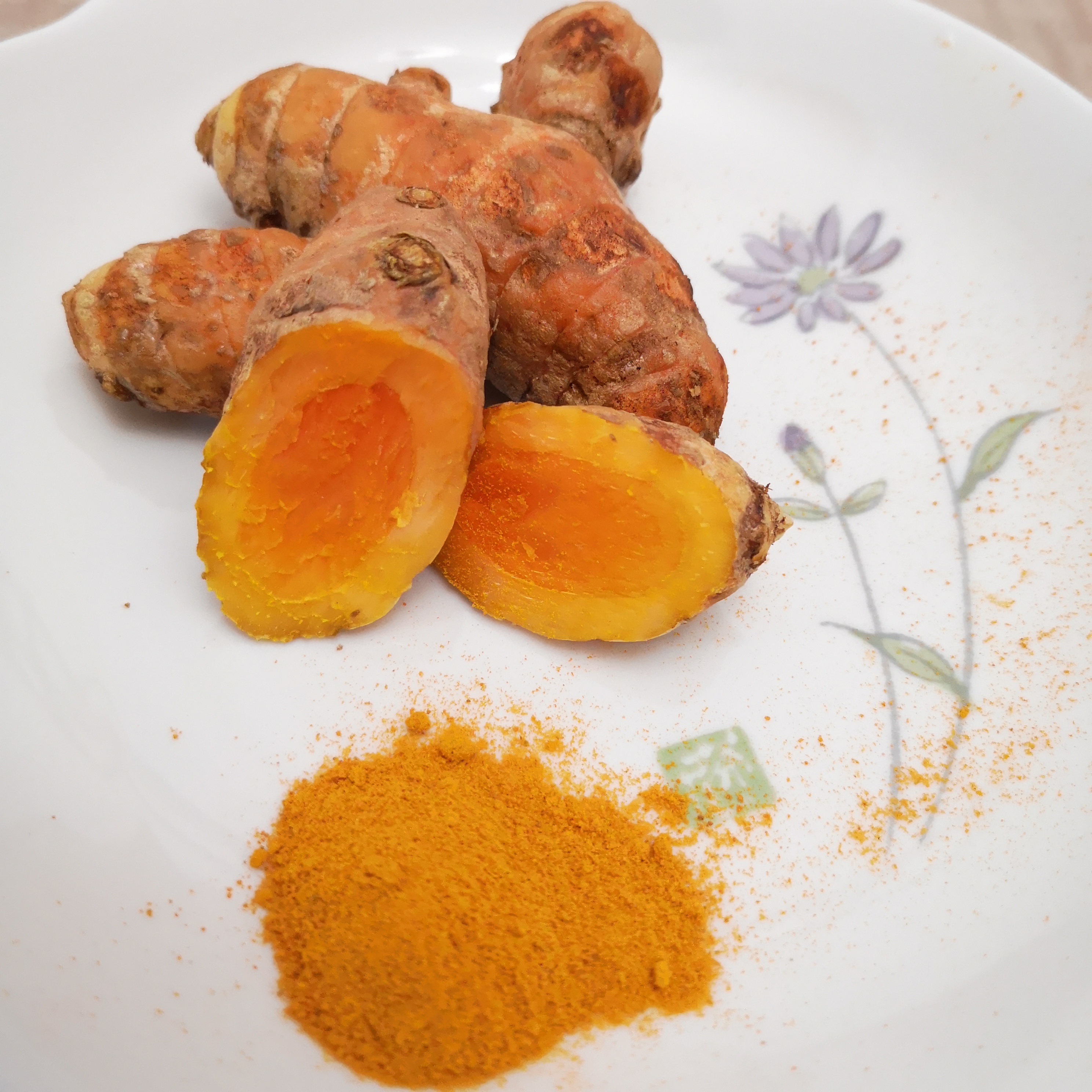
Uses
- - Lentil, vegetable, meat dishes
- - An antiseptic in ointments
- - Religious ceremonies and weddings
- - Turmeric can be used in its fresh and dry forms
Benefits
- - Cools and smoothens skin
- - Prevents pigmentation
- - Translucent, glowing skin
- - Purifies blood
- - Boosts brain health, liver health
- - Prevents cancer
- - Anti-parasitic
- - Anti-inflammatory
- - Immunity boosting
Cinnamon
Cinnamon comes from the dried bark of a tree. Its sweet aroma and warm taste makes for a very unique spice in cooking or baking.
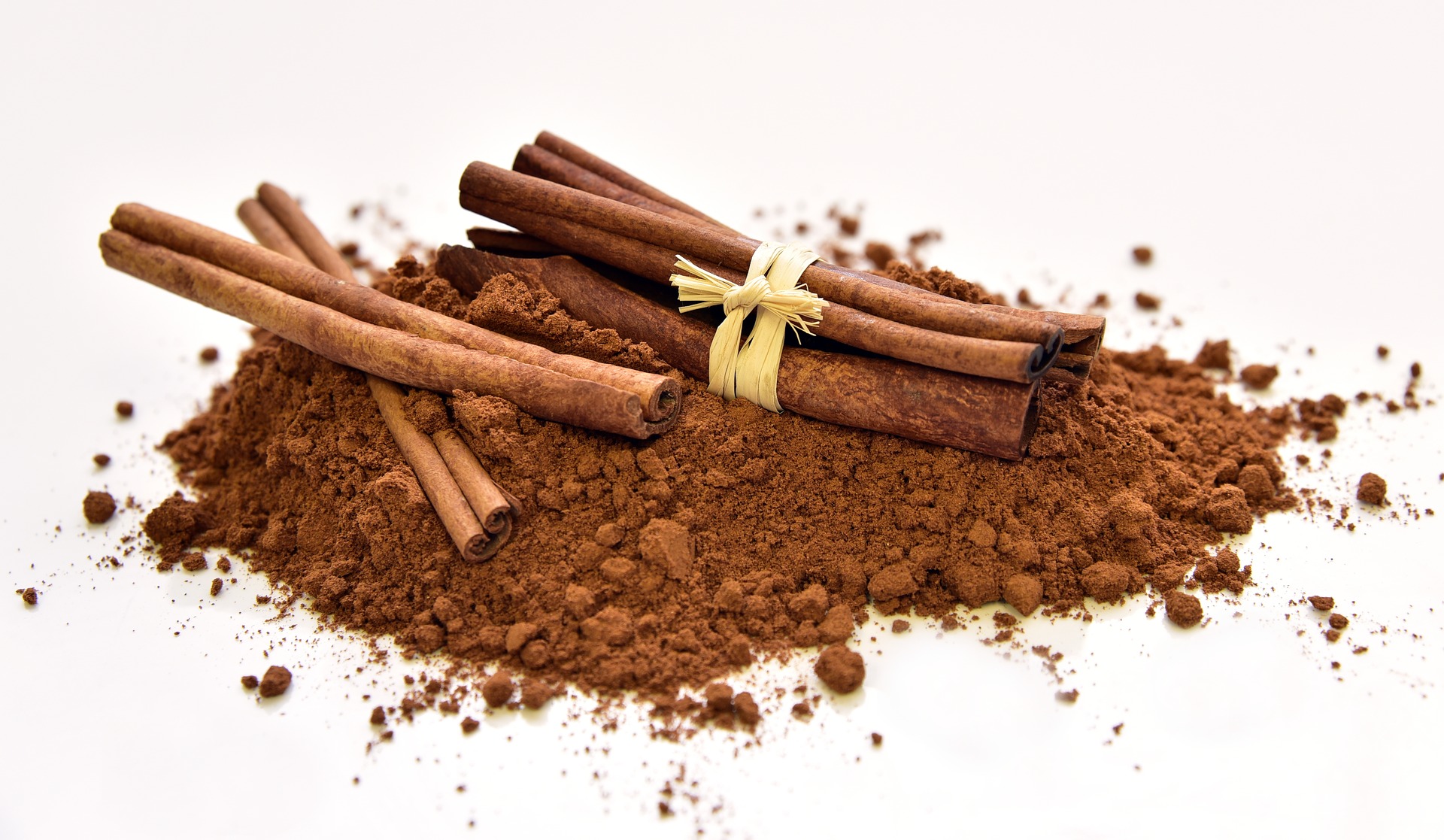
Uses
- - Savoury dishes: curries
- - Desserts: Apple Pie, Cinnamon Bread
- Coffee, tea or cold drinks
Benefits
- - Anti-clotting action
- - Control blood sugar
- - Relieve nausea, fever and diarrhoea
- - Antiseptic
- - Reduces inflammation
- - Improves memory
- - Increases attention
- Enhances cognitive processing
Green Cardamom (Elaichi)
Green cardamom is known as the “Queen of Spices”. It is sweet and very aromatic.
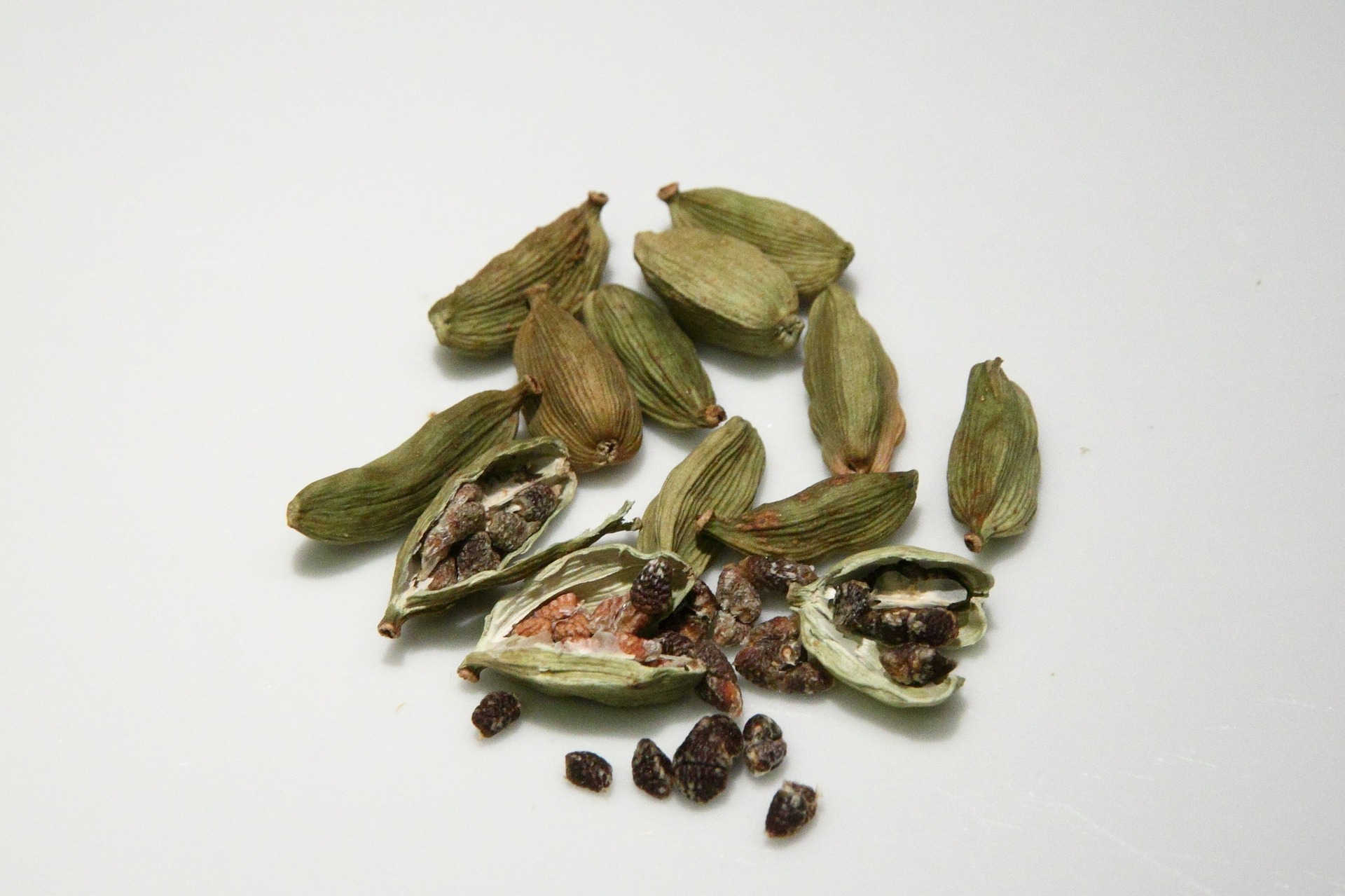
Uses
- - Savoury dishes: curries
- - Desserts: Apple Pie, Cinnamon Bread
- - Used whole or in the form of a powder
- - Cooking vegetables, meat, rice, tea
- - Cosmetics
- Perfume
Benefits
- - Helps protect brain cells from free radical damage through
- - Anti-bacterial properties
- - Antioxidant properties
- - Cooling properties
- Half a teaspoon a day for three months (combined with a healthy diet) can help normalize blood pressure and lower the risk of stroke by relaxing the arteries and muscles in the heart.
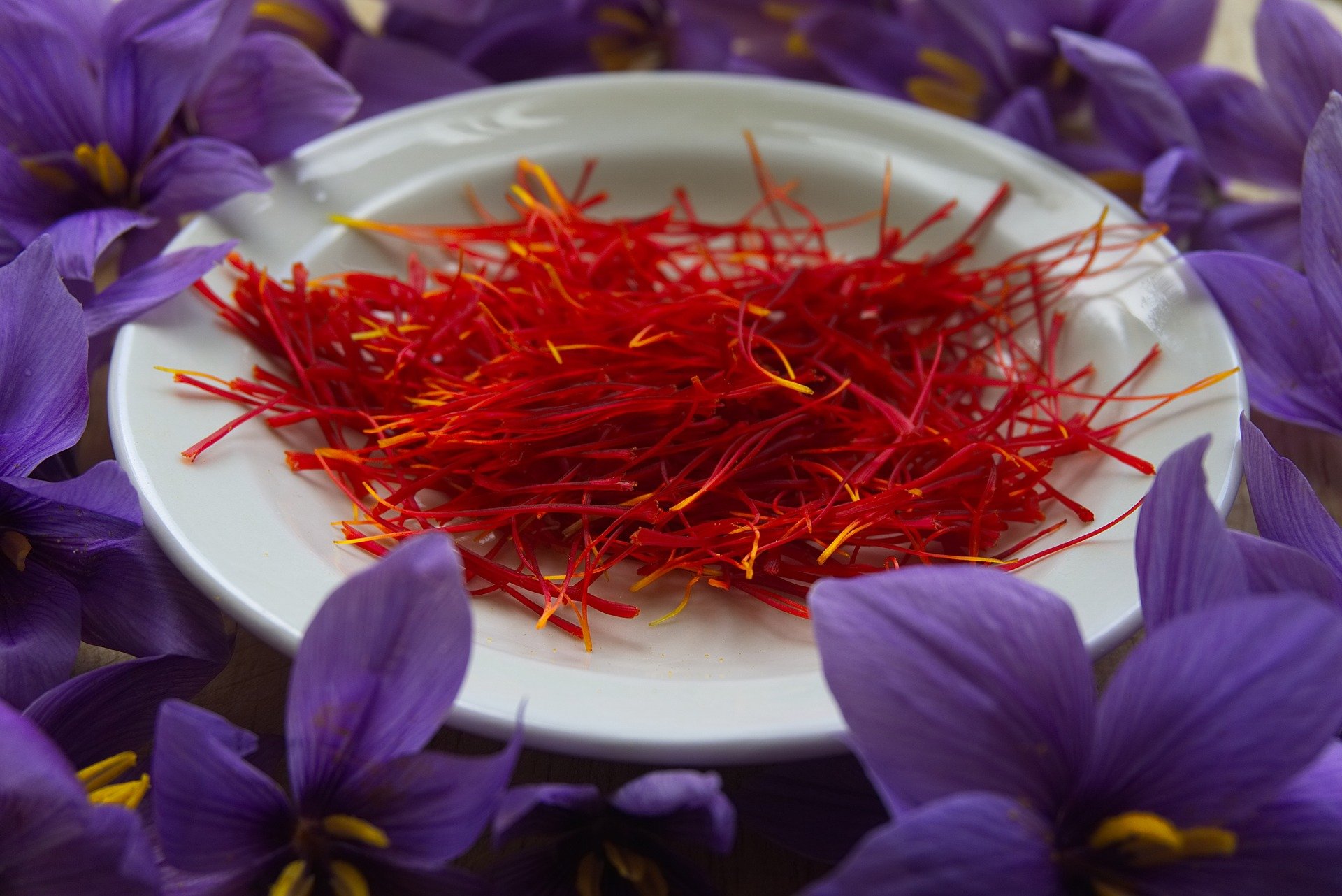
Saffron (Kesar)
Known as the ‘Golden Spice’, saffron is one of the most expensive spices in the world.
Saffron is extracted from the stigmas of the fall-flowering plant Crocus Sativus, a member of the iris family.
It has strong, exotic aroma and bitter/pungent in taste. Saffron is cultivated in Iran, Spain, France, Italy and India.
Uses
- - Flavours many Mediterranean and Asian dishes
- - Dye to colour food and other products.
- Particularly used for rice dishes such as Biryani and Paella, fish dishes, breads, soups, desserts
Benefits
- - Saffron oil – therapeutic properties
- - Used in winter for its heating properties
- - Improves complexion
- - Control nausea
- - Reduce/Remove headaches
- Helps heal wounds
Black Pepper
Black Pepper is known as the ‘King of Spices’. Originated in India, black pepper is used around the world to flavour all kinds of food and beverages with its pungent taste.
Uses
- - Ingredient for skin and body care-
- High medicinal value
Benefits
- - Acts as an astringent
- - Activates blood circulation
- Stimulates follicles
Masala’s (Spices)
Each of the following masalas are immunity-boosting, anti-inflammatory and contain antioxidants.
Garam Masala:
Garam Masala is a popular spice mix used in most Indian dishes to make curries and lentil dishes. Every household has different recipe for garam masala. Garam means hot and masala means spice or blend of spices. It is very pungent but not quite as spicy as chili powder.
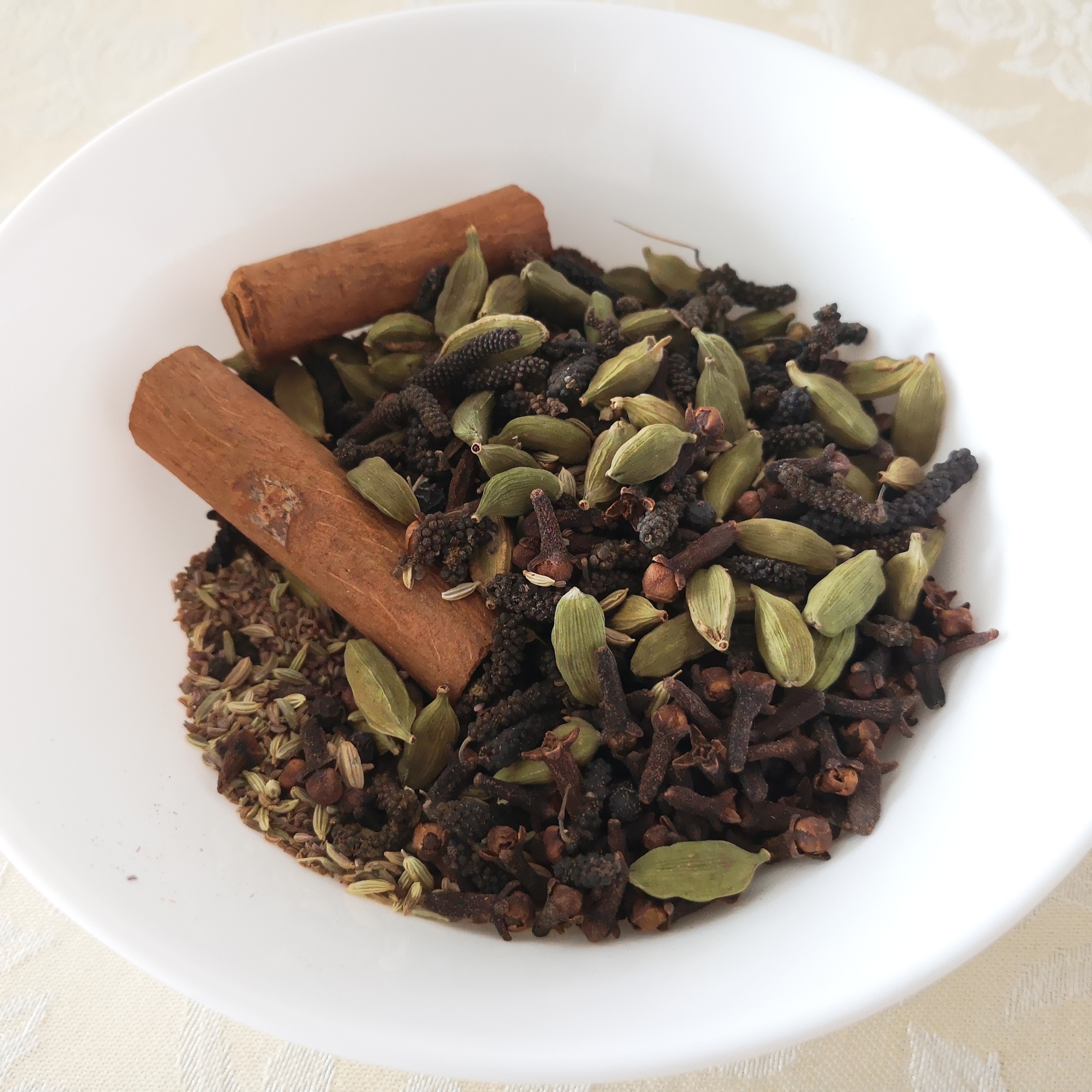
Garam masala is made up of whole spices including: bay leaf, cinnamon, nutmeg, cloves, mace, peppercorns, black cardamon, green cardamom, red chillies. Apart from these main spices some households may add cumin seeds, fennel seeds, poppy seeds or coriander seeds. These spices are toasted in a pan to release their aromatic flavours, then ground into a powder. It can be made less spicy by reducing the amount of cloves, black pepper and red chillies used.
Curry Powder:
Popular in Japan, curry powder is made up of turmeric, mustard and ginger. However this is very different from garam masala and can’t really be used as a substitute in Indian cooking.
To give a little historical context, ‘curry’ is a word invented by the British back when they ruled India. It was derived from the Tamil word ‘kari’ (sauce), and is now commonly used to categorise spices and food of South Asian origin. It is said that Indian spice merchants invented the well-known curry powder for British colonial personnel when returning to Britain so that they could make spiced curries using just the one powder. This powder was then introduced to Meiji Japan in the 19th century where it went to become the famous Japanese Curry.
Sambar Masala:
Sambar masala used almost in all South Indian dishes. The main spices used in this spice blend are: coriander seeds, cumin seeds, fenugreek seeds, red chilies, turmeric and black pepper. It is unique than other spice mix powder, as it also has some lentils. like white gram lentil and chickpea lentils. Generally it is very spicy when bought ready-made however if you make your own you can reduce the amount of red chillies to your liking.

Panchphoran:
In East India, Panchphoran spice and seed mix is widely used. It contains an equal amount of cumin, mustard, fenugreek, nigella and fennel seeds. The mix can be used in a vegetable curry and in meat dishes. It is also used to make pickles. Some of the biggest benefits include:
- Healthy, glowing skin
- Good for digestion
- Better breast milk
- Useful for diabetic patients
- Good for hair
- Help preventing and treating diseases and disorders
- Reducing blood pressure
- Good for heart issues
- Immunity building
My personal favourite spice/spice mix is Panchphoran! I love it because it is wonderfully aromatic and its five flavours (associated with each spice) work incredibly well with vegetable/meat curries (or even with pickles!) giving the food exactly the kick it needs.
There are so many more spices and herbs out there that are extremely beneficial for the mind and body. Cooking with them helps us take care of ourselves through food. So go ahead and try the millions of recipes out there infused with these wonderful flavours, just be careful not to add to much of anything as that can become counterproductive. You can make anything from a simple tea to an aromatic meal and a dessert kissed by some saffron.
Below is one way of consuming spices in a very quick and simple manner.
Mix a teaspoon of pure ghee, a pinch of freshly ground pepper and half a teaspoon of turmeric. Eat this every morning on an empty stomach to help improve your skin, hair, digestion and immunity!
It is recommended that you drink a glass of warm water afterwards and wait 20 minutes to eat/drink anything else.
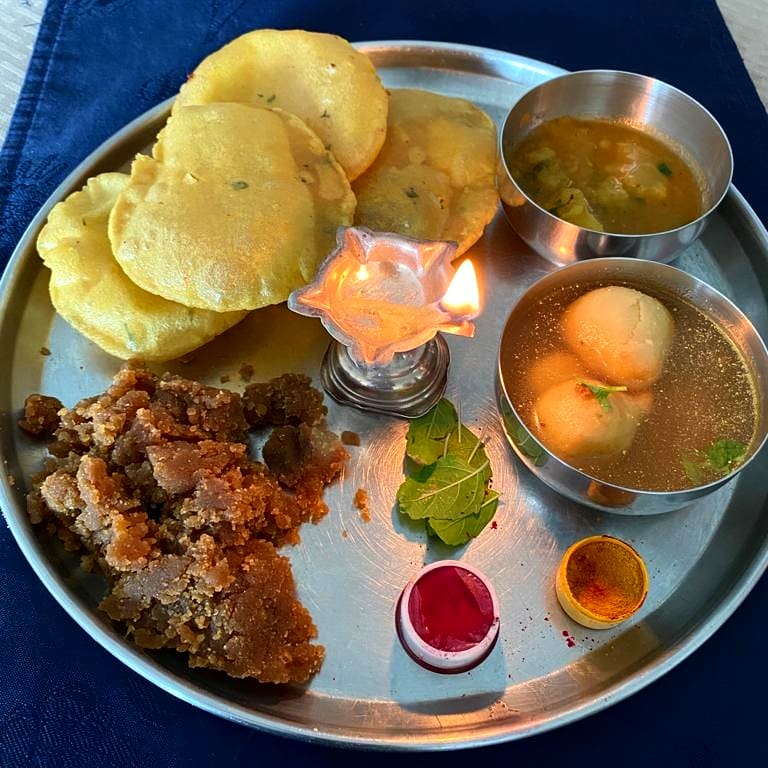
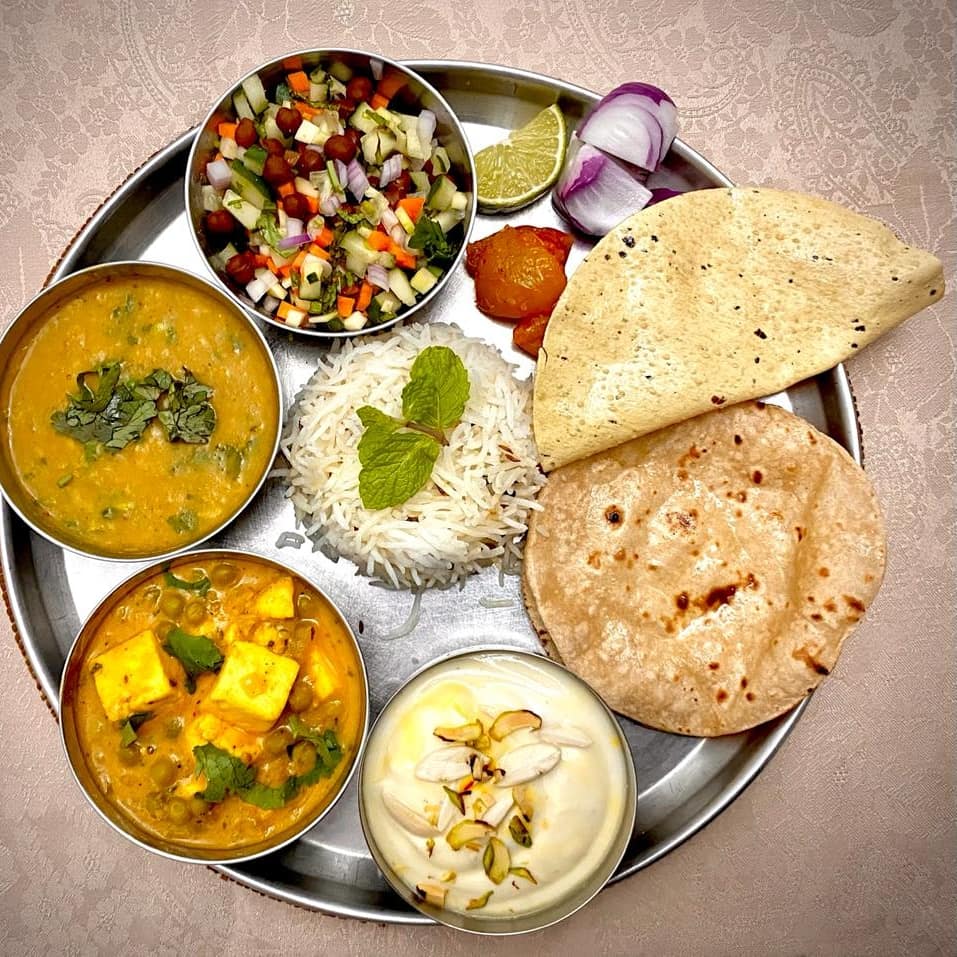
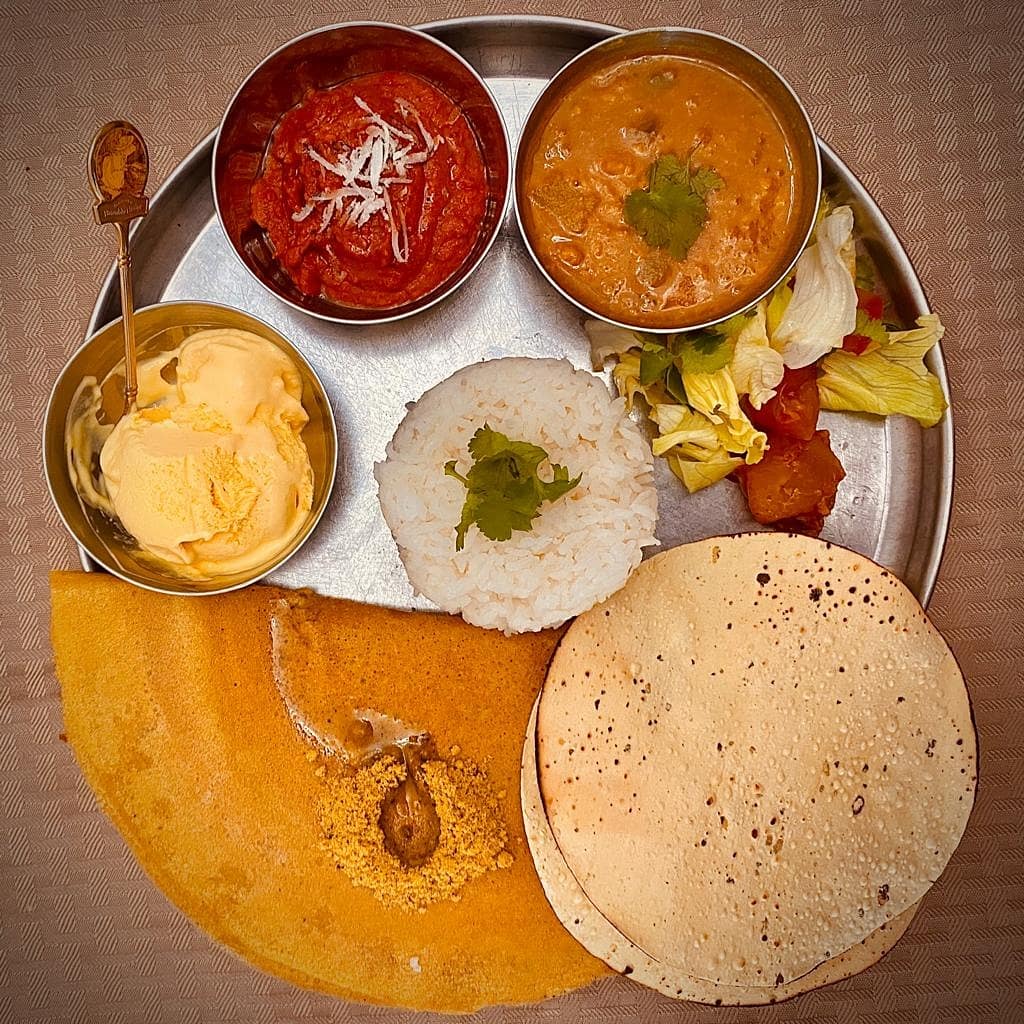

Article・Image:Ms. Sourabh Agrawal
Translation: Ms. Young Yasuko












